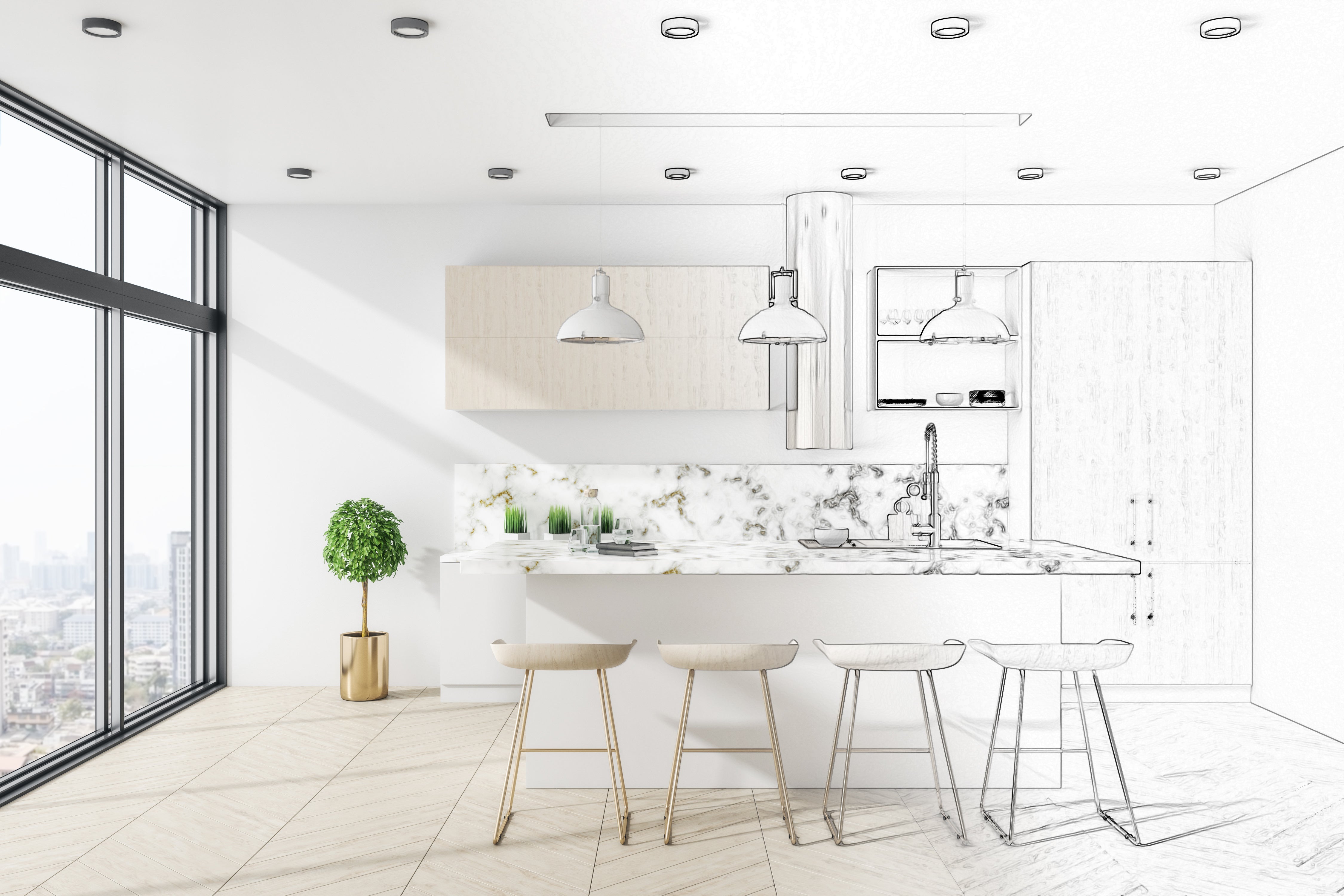Dear Sean,
I keep getting inquiries from clients who expect a 3D rendering as part of the design process. At the moment, that’s not something I offer. I could, of course, but I’ve deliberately chosen not to because I want to cultivate a clientele that trusts me and my vision, and is willing to approve the design without actually needing to “see” it.
I know I’m supposed to stay the course to get the clients I want, but a few months have gone by and I’m saying no a lot more than I’m saying yes. I’m OK for now, but I might not be if this goes on too much longer. When do I give in and change the way I work instead of holding out for the right clients?
Rendering Resistant
Dear Resistant,
This is a fascinating dilemma you face. Digital rendering, 3D and otherwise, is a design tool that is not going anywhere. The technology is simply too good and effective for showing those who cannot “see” a design concept what they will be getting. So the real question is not whether you should use the technology but how you can help your clients “see” without it.
It should never be about getting clients to say yes to your design, via a rendering or otherwise. Instead, it is about setting out what is necessary for your clients to make an effective decision—one that can be relied on by all because the information presented is clear and strong enough to give confidence in that decision. For the most part, that decision will lead to the next and the next until you are done.
Rather than simply respond to your client’s desire for 3D renders, ask yourself if the trip you are taking them on through your design wonderland is as idiosyncratic and powerful as it needs to be. If it were, that process would be building unbreakable trust between you and your client, while also facilitating creative discovery over time rather than in one fell swoop.
For an example of what that journey could look like, I encourage you to revisit this BOH article about the variety of methods Ike Kligerman Barkley uses to present to their clients. Some are high-tech, some are not. What strikes me about the article—and what I infer you are not doing—is the way the firm has made design a process of discovery. Instead, it is a single moment, and then you are moving on (or not). While your focus is on getting to yes, it sounds like that is not who your clients are.
If you are not presenting—or, better yet, building—your design in a manner that yields effective decisions, you are asking for blind trust. Quite simply, that is just not good enough today. If you don’t want to employ 3D renderings, you will need to refine your process so that you all can feel confident in the power of your design and its evolution. Your design presentations need not be literal, but they must be deeply understood. How you get there is completely up to you.
The challenge facing any designer is translating senses. What you see as blue is not necessarily what your client sees as blue. Your work is to do the work to truly understand your clients, and then make sure that they know that you see them and how they wish to live. From there, you build the environment you know they most desire to inhabit. Remember, your work exists because you see what your clients cannot but would if they could. Your presentations need to reflect that knowledge and the revelation of all that can be. Design is a process, and presentation of that design is the essence of your creativity. Lose the idea that the overarching aim is to get to yes, and instead focus on getting to “we understand.” The rest will take care of itself.
Homepage photo: ©Who is Danny/Adobe Stock
____________
Sean Low is the go-to business coach for interior designers. His clients have included Nate Berkus, Sawyer Berson, Vicente Wolf, Barry Dixon, Kevin Isbell and McGrath II. Low earned his law degree from the University of Pennsylvania, and as founder-president of The Business of Being Creative, he has long consulted for design businesses. In his Business Advice column for BOH, he answers designers’ most pressing questions. Have a dilemma? Send us an email—and don’t worry, we can keep your details anonymous.






























